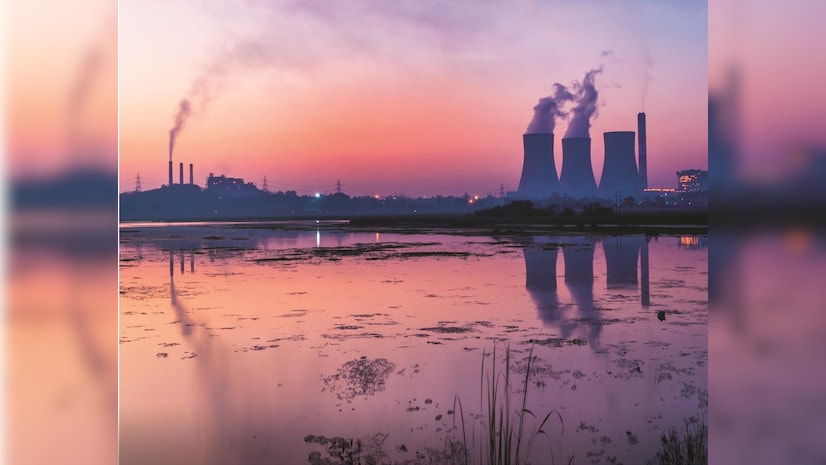Chhattisgarh’s First Supercritical Thermal Power Project
Chhattisgarh State Power Generation Company Limited (CSPGCL) is advancing its energy capabilities with the establishment of the first supercritical thermal power project (SCTPP) in Korba district. This project is part of an expansion of the existing Hasdeo Thermal Power Station (HTPS). The foundation stone for this initiative was laid by Prime Minister Narendra Modi on March 30, 2025. The project entails an investment of ₹15,800 crore and will add a capacity of 1,320 megawatts (Mw) to the already existing 1,340 Mw plant.
About Supercritical Thermal Power Plants
Supercritical thermal power plants operate at conditions above the critical pressure and temperature of water. This unique operation allows for more efficient energy production. The critical pressure is approximately 22.1 MPa and the critical temperature is around 374°C. In this state, water and steam exist as a single phase, enhancing thermal efficiency.
Mechanism of Supercritical Boilers
Supercritical boilers function through a series of steps. Initially, water is pumped into the boiler, where it is heated and pressurised. This process transforms water into a supercritical fluid. The fluid then flows into the combustion chamber where fuel, typically coal, is burned to generate heat. The heat raises the temperature and pressure of the supercritical fluid.
Power Generation Process
The supercritical fluid is directed into a turbine, where it expands and drives the turbine blades. This mechanical action generates electricity through a connected generator. To improve efficiency, some supercritical boilers utilise reheating and regeneration techniques. Reheating involves additional heating stages for the steam, while regeneration uses exhaust heat to preheat incoming water.
Advantages of Supercritical Technology
Supercritical thermal power plants offer several benefits. They achieve higher efficiency due to their operation at elevated temperatures and pressures. This results in reduced emissions of greenhouse gases compared to traditional subcritical plants. Additionally, supercritical boilers have a more compact design, requiring less physical space.
Environmental Considerations
As global pollution concerns rise, the shift towards renewable energy sources is gaining momentum. However, supercritical technology serves as a bridge, enabling continued reliance on thermal power while aiming for lower environmental impact. This technology is crucial for meeting the increasing power demands in countries like India.
Future of Energy Production
The establishment of supercritical thermal power plants reflects a trend towards more efficient and environmentally friendly energy production. The integration of advanced technologies in power generation is essential for addressing future energy needs while minimising ecological footprints.
Month: Current Affairs - April, 2025
Category: Economy & Banking Current Affairs




